Impressive 2,700-Year-Old Farmhouse And 1,500-Year-Old Monastery Uncovered In Rosh Ha-‘Ayin
MessageToEagle.com – An impressive 2,700 year old farmhouse and a 1,500 year old church with colorful mosaics and inscriptions in it were uncovered in the excavations in Rosh Ha-Ayin, the Israel Antiquities Authority spokesperson, informed.
The farmhouse (30 × 50 meters had once 24 rooms constructed around a central courtyard and a large storage (silo) for grain storage.
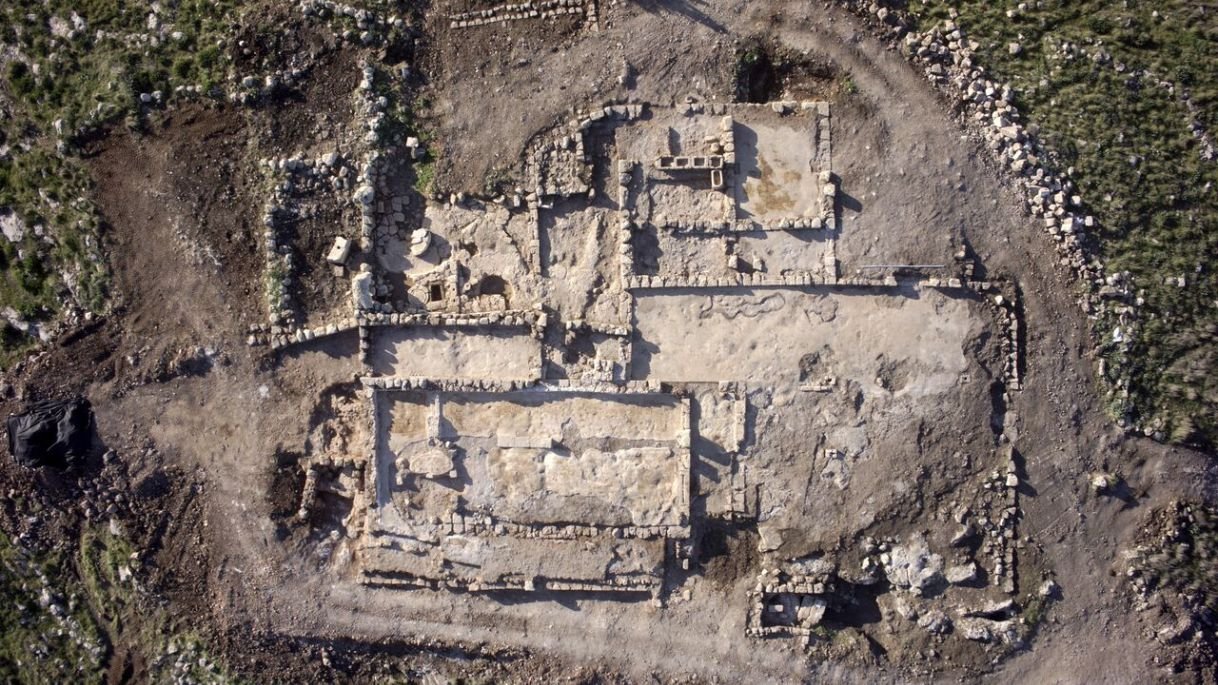
“It seems that carbohydrates were as popular then as now, and the growing and processing of grain were fairly widespread in the rural-agricultural region. This was corroborated by other discoveries in the field that included numerous millstones which were used to grind the grain into flour,” Amit Shadman, excavation director on behalf of the Israel Antiquities Authority, said in a press release.
“In addition, we found simple rock-hewn oil presses used in the production of olive oil.”
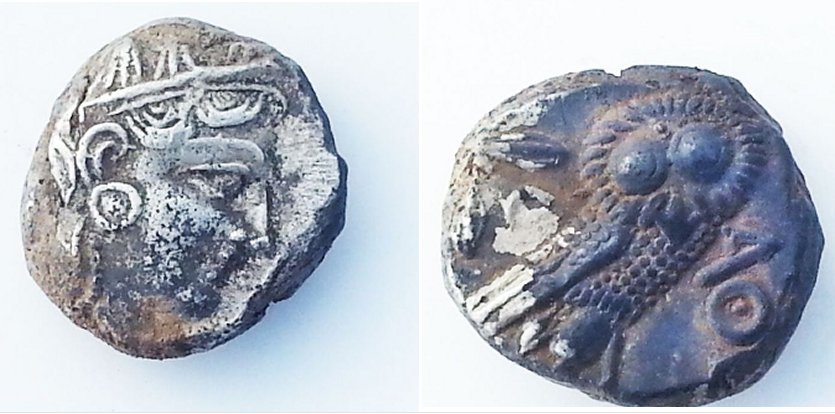
Among the other artifacts that were exposed in the farmhouse remains were two silver coins from the fourth century BC that bear the likenesses of the goddess Athena and the Athenian owl.
According to Shadman, this farmhouse and other similar ones operated for centuries until the region was abandoned in Hellenistic period. Many hundreds of years later, during the fifth century CE, another settlement wave, this being one Christian, arrived in the area and changed the landscape.
A monastery dating to the Byzantine period was exposed on one of the hills in the area and included a church, an oil press, residential quarters and stables equipped with mangers and troughs, etc.
The floors of the church that was built in the monastery were made of colorful mosaics that included geometric and other designs.
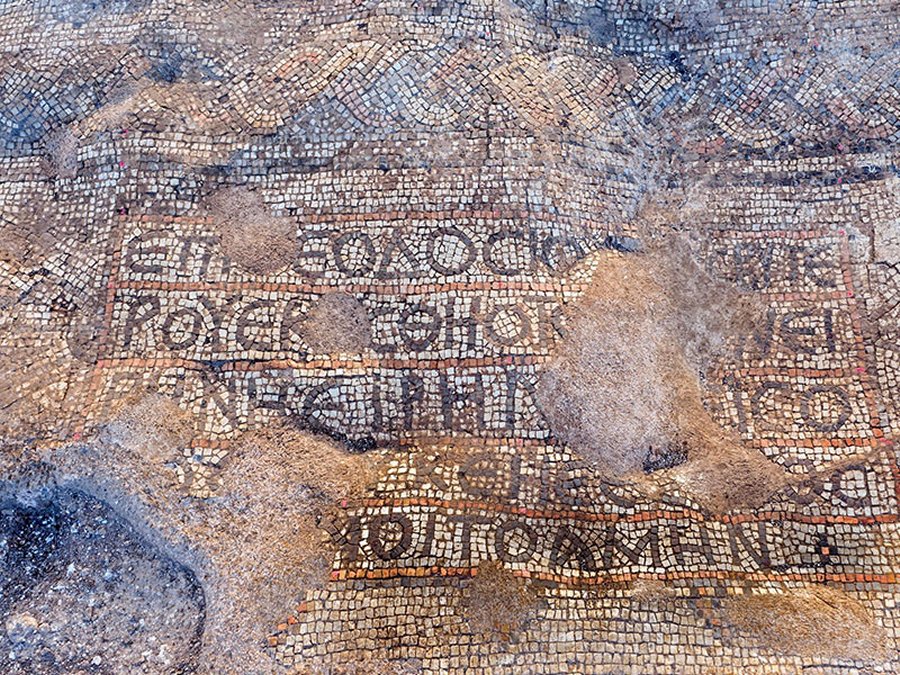
In addition, a Greek inscription ascribed to a priest named Theodosius (a common name in the Byzantine period) was revealed in one of the mosaics:
“This place was built under Theodosius the priest. Peace be with you when you come, peace be with you when you go, Amen”.
Hundreds of years after the monastery ceased to function a lime kiln was established there in the Ottoman period, which destroyed large parts of the monastery.
Given the impressive finds uncovered in the excavations, it was decided that the ancient remains will be conserved in situ, and will be displayed in the communal areas of the new neighborhoods that will be open for the benefit of the public.
MessageToEagle.com via AncientPages.com
Related Posts
-
 2,000-Year-Old Artifacts Rewrite History Of Metallurgy In Northern Sweden
No Comments | Dec 17, 2016
2,000-Year-Old Artifacts Rewrite History Of Metallurgy In Northern Sweden
No Comments | Dec 17, 2016 -
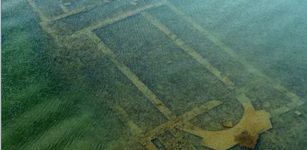 Mystery Of A ‘Lost Church’ In Ancient Nicaea
No Comments | Feb 3, 2014
Mystery Of A ‘Lost Church’ In Ancient Nicaea
No Comments | Feb 3, 2014 -
 DNA Reveals Early Maya Trace Their Roots To Unknown Ancient Immigrants Carrying Maize From The South
No Comments | Mar 23, 2022
DNA Reveals Early Maya Trace Their Roots To Unknown Ancient Immigrants Carrying Maize From The South
No Comments | Mar 23, 2022 -
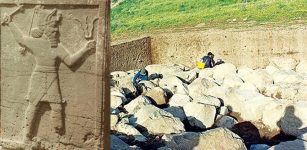 Ruins Of Ancient Temple Dedicated To Storm-God Zippalanda Worshipped By Hittites Discovered
No Comments | Jul 2, 2016
Ruins Of Ancient Temple Dedicated To Storm-God Zippalanda Worshipped By Hittites Discovered
No Comments | Jul 2, 2016 -
 Justinianic Plague Struck England Before It Reached Constantinople And It Did Not Wipe Out The Roman Empire
No Comments | Nov 19, 2021
Justinianic Plague Struck England Before It Reached Constantinople And It Did Not Wipe Out The Roman Empire
No Comments | Nov 19, 2021 -
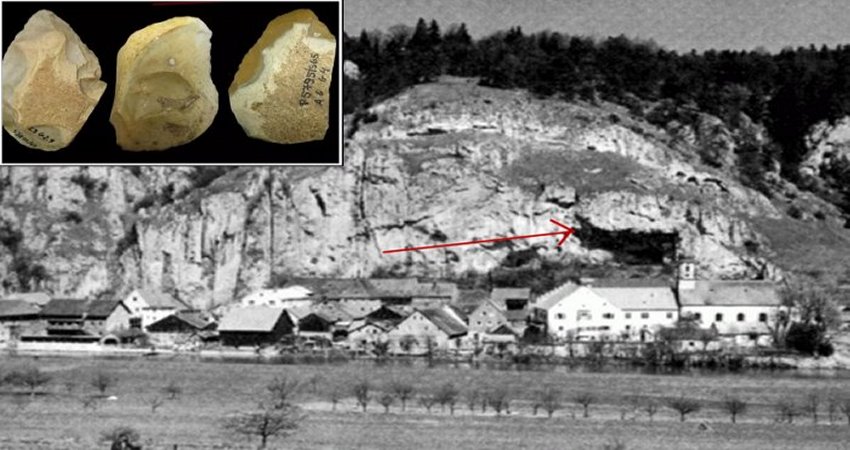 ‘Sesselfelsgrotte Cave’ – Innovative Neanderthals Adjusted To Climate Change By Creating More Complex Tools
No Comments | Aug 31, 2020
‘Sesselfelsgrotte Cave’ – Innovative Neanderthals Adjusted To Climate Change By Creating More Complex Tools
No Comments | Aug 31, 2020 -
 Archaeological Evidence Amazon Warrior Women Did Exist Found At Nakhchivan Necropolis, Azerbaijan
No Comments | Apr 1, 2024
Archaeological Evidence Amazon Warrior Women Did Exist Found At Nakhchivan Necropolis, Azerbaijan
No Comments | Apr 1, 2024 -
 Final Journey Of Ötzi Iceman: More Clues Found In Frozen Moss
No Comments | Nov 1, 2019
Final Journey Of Ötzi Iceman: More Clues Found In Frozen Moss
No Comments | Nov 1, 2019 -
 Submerged 10,000 Years Old Monolith Discovered In The Sicilian Channel Near Italy
No Comments | Aug 6, 2015
Submerged 10,000 Years Old Monolith Discovered In The Sicilian Channel Near Italy
No Comments | Aug 6, 2015 -
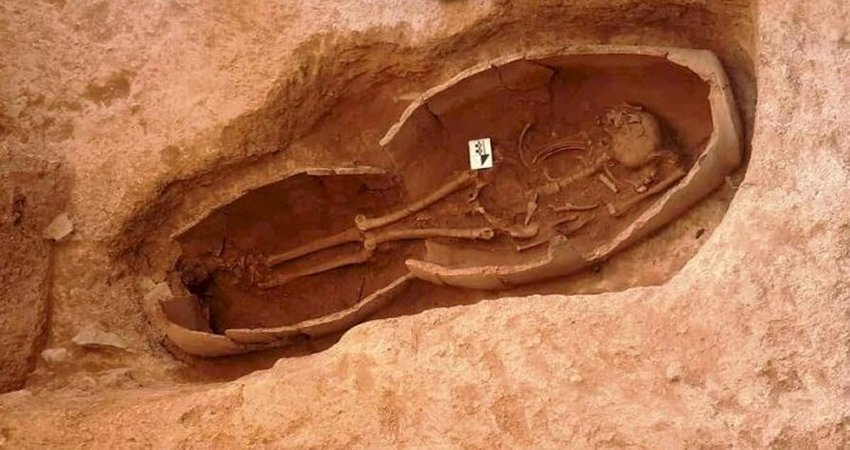 Parthian Jar Burial Dated To 247 BC – 224 CE Unearthed In Iran’s Kurdistan Province
No Comments | Sep 29, 2020
Parthian Jar Burial Dated To 247 BC – 224 CE Unearthed In Iran’s Kurdistan Province
No Comments | Sep 29, 2020

